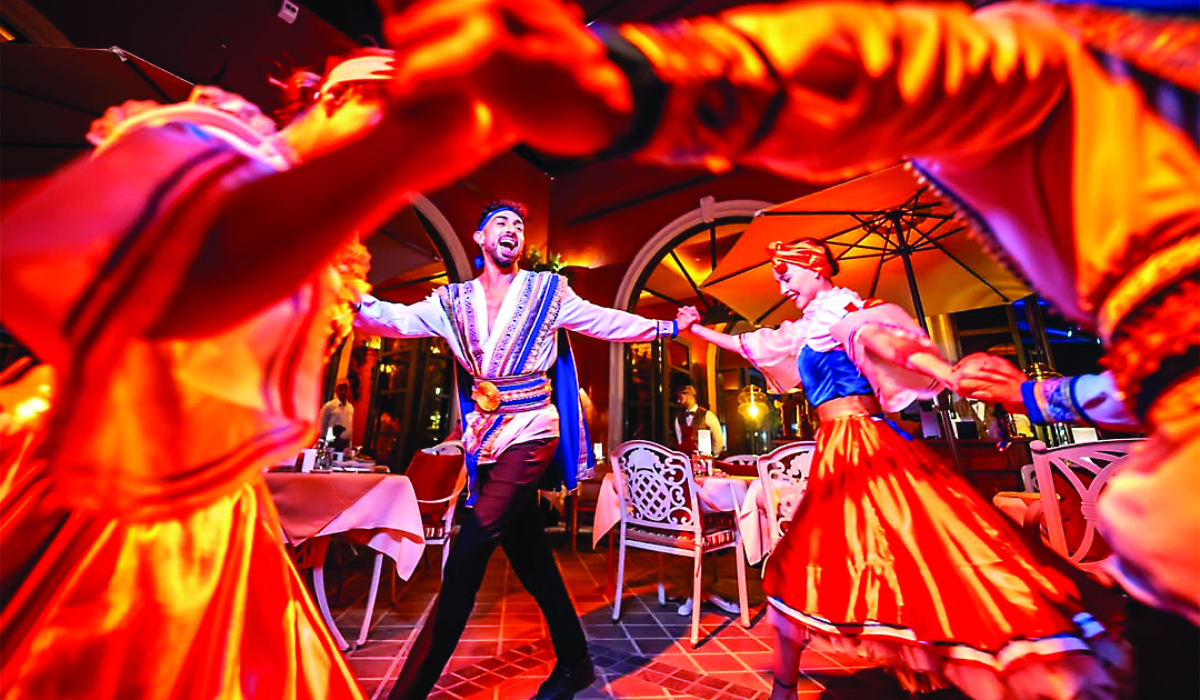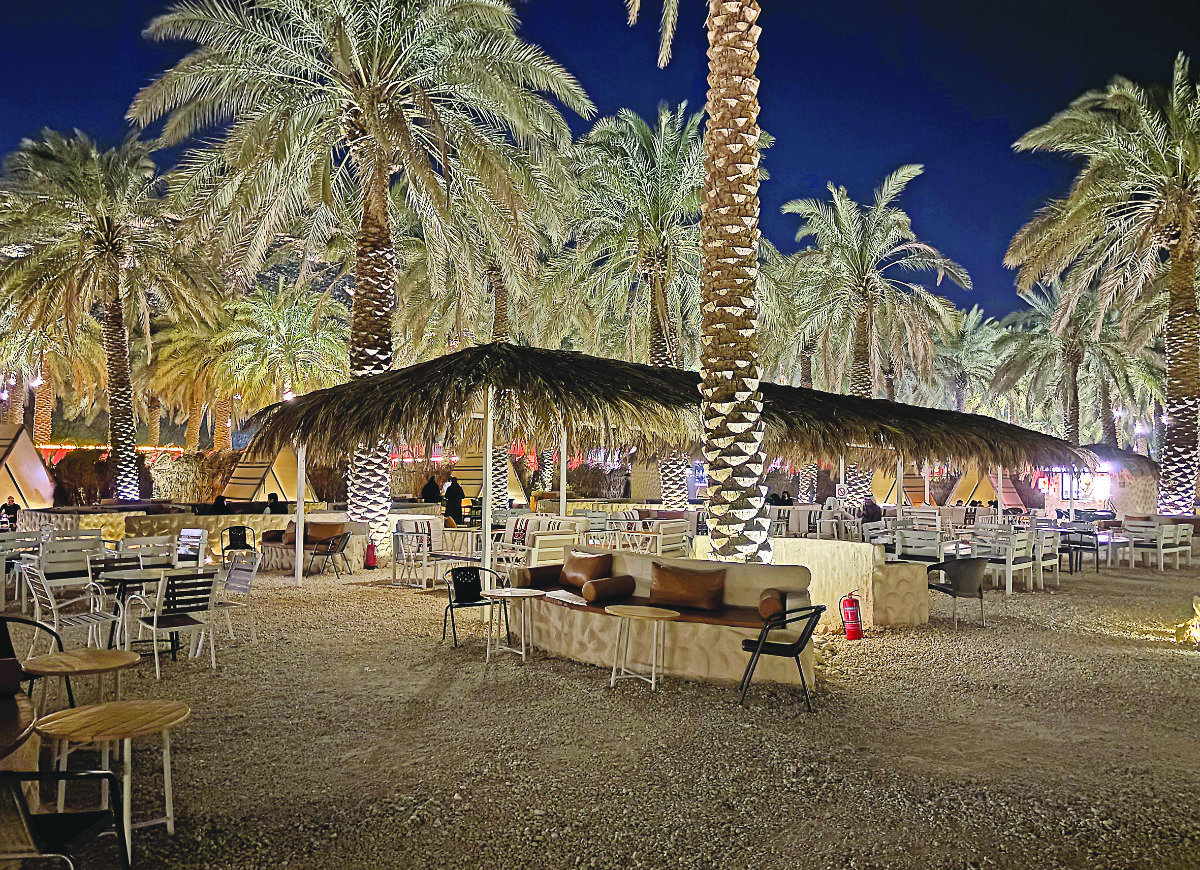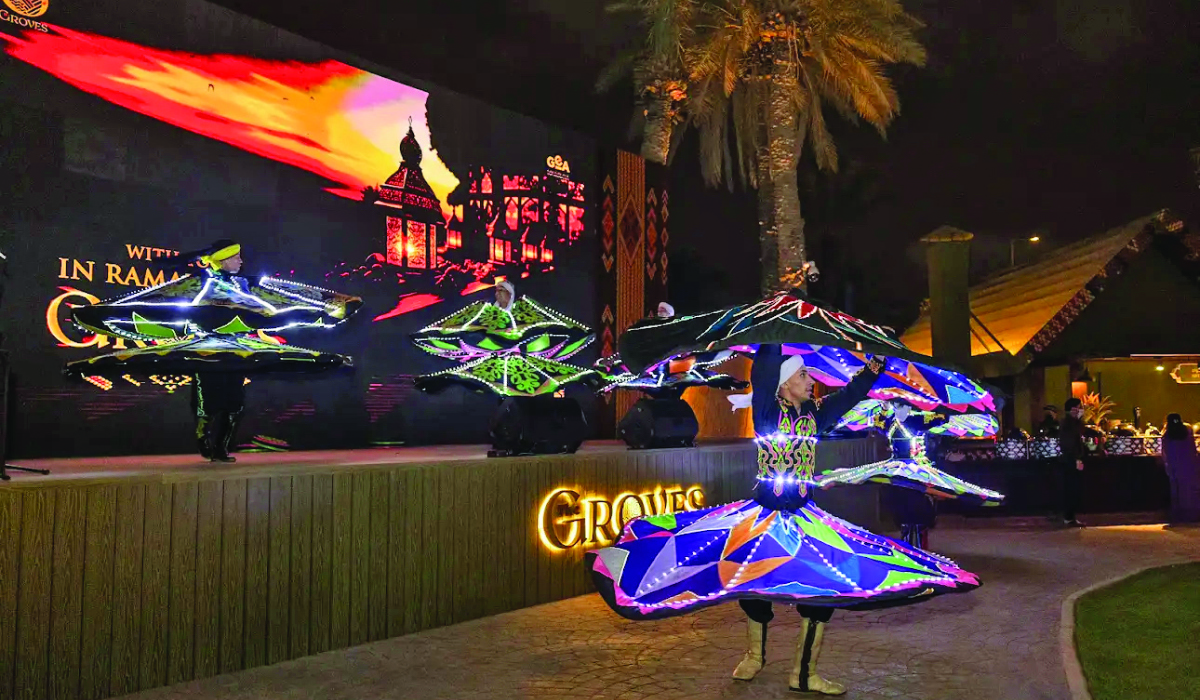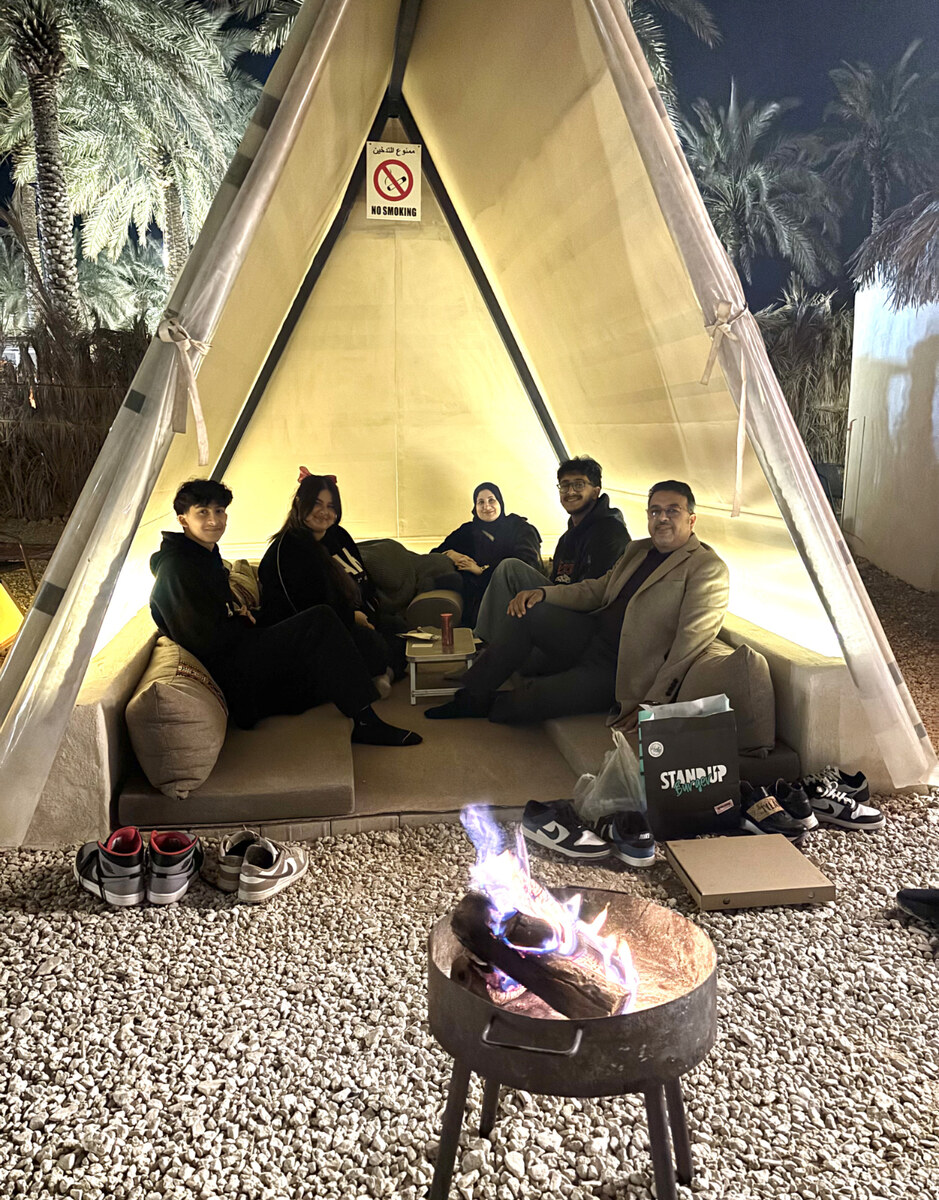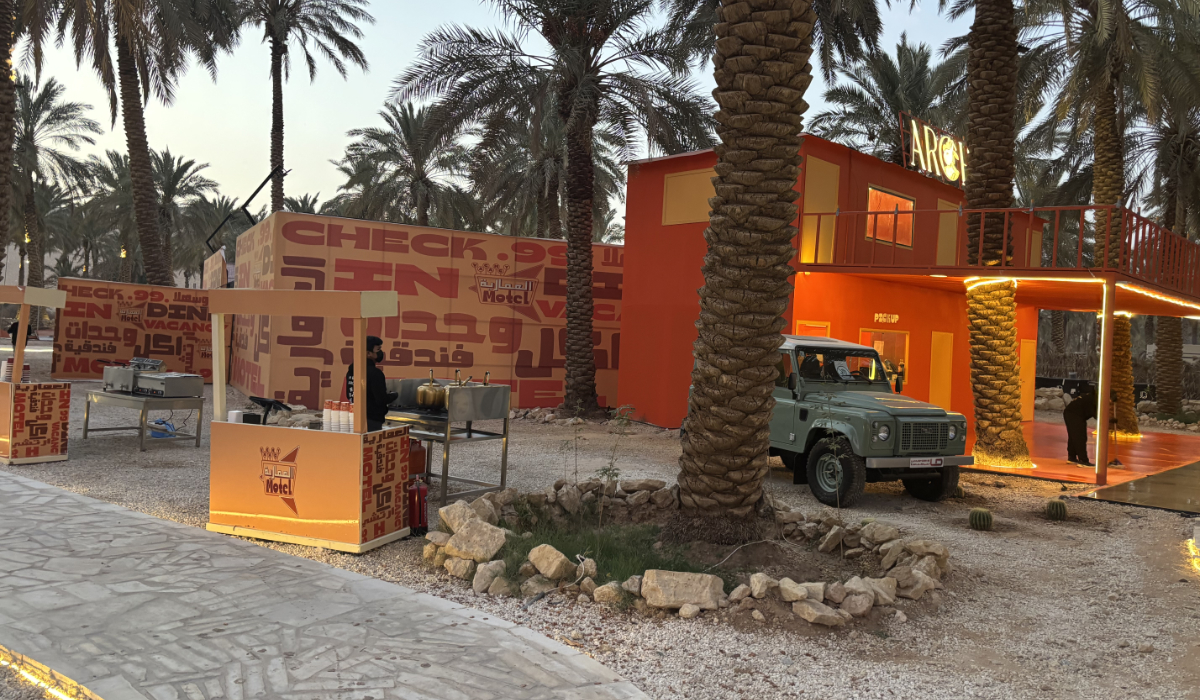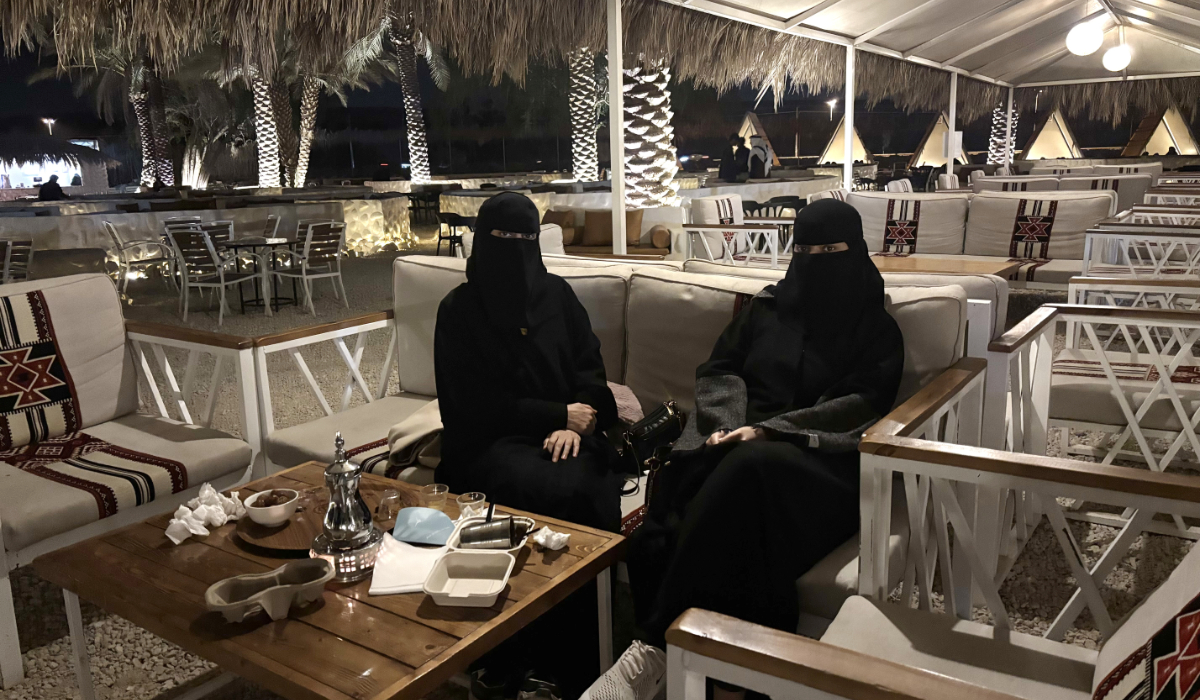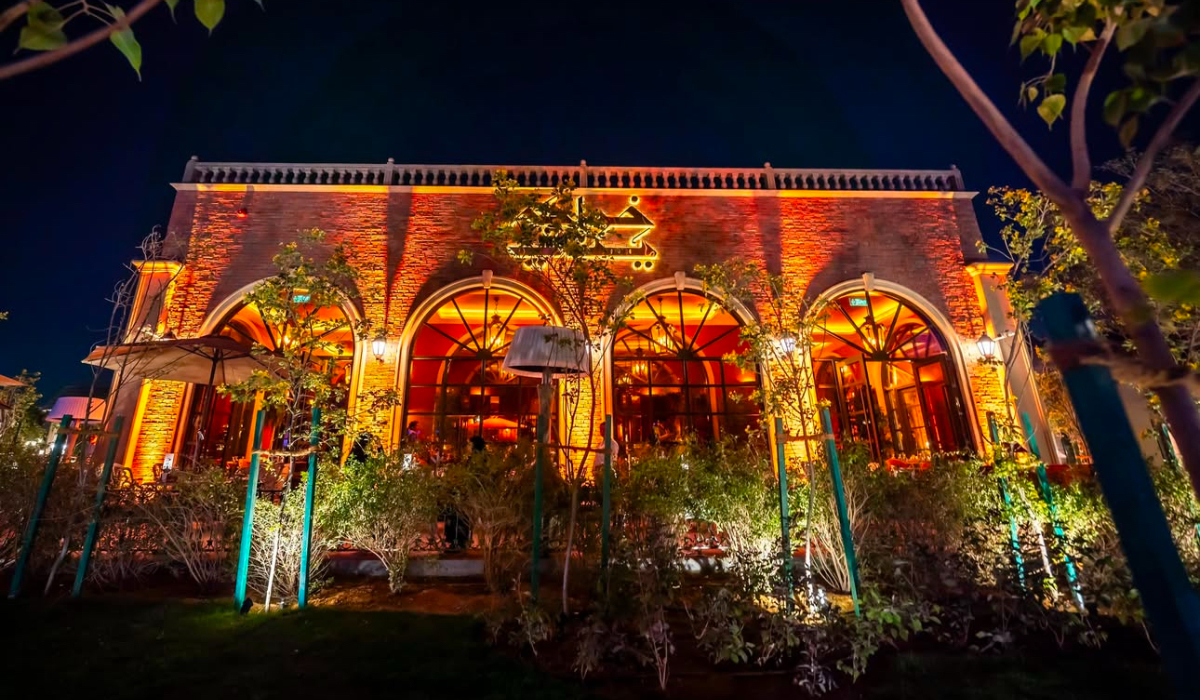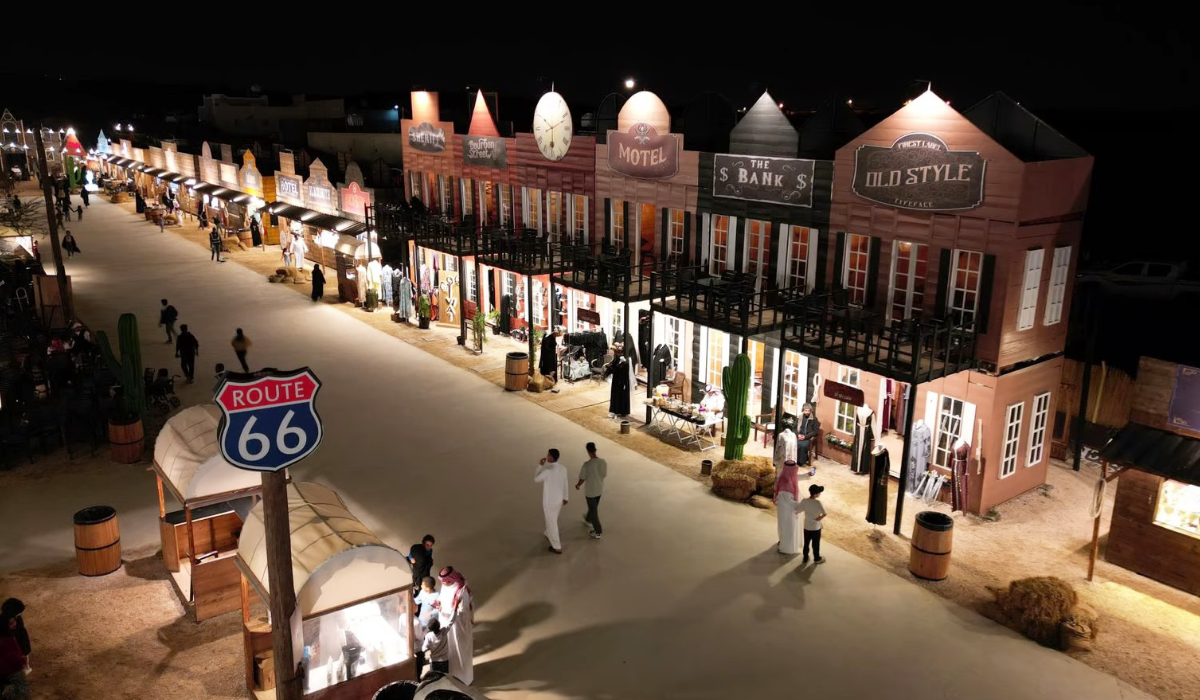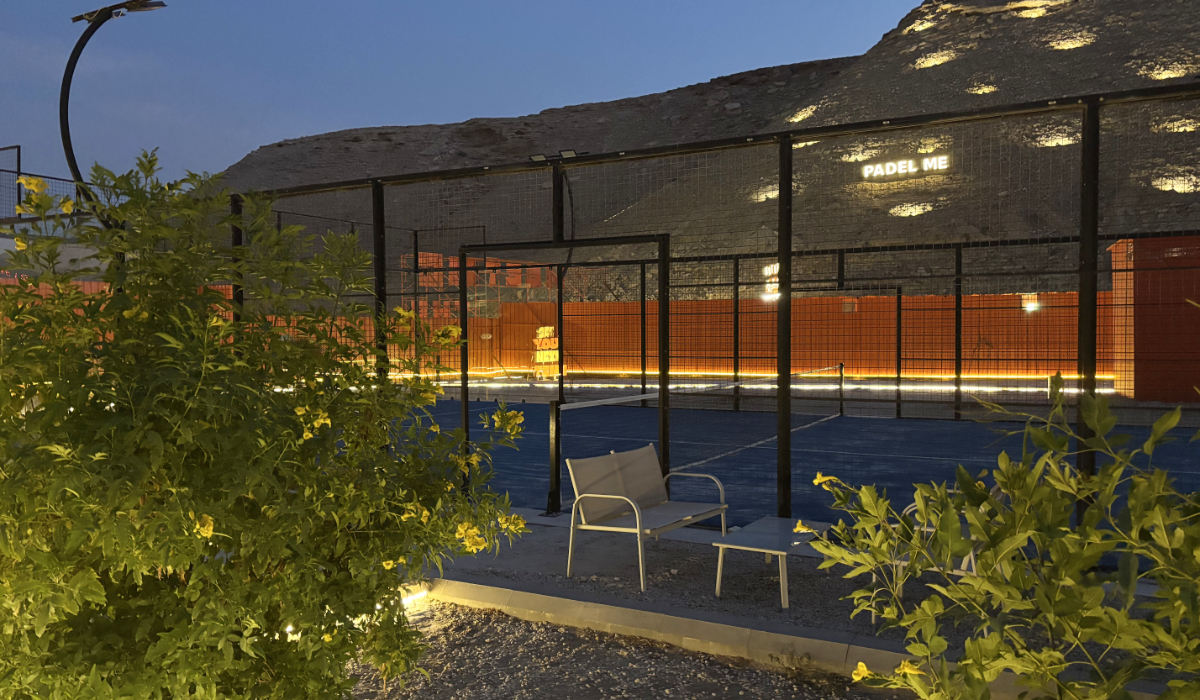AMMAN: More than anywhere else I’ve visited, Singapore feels like a vision of the future. Sure, there are cities with taller skyscrapers, faster trains and a more fervent embrace of LED lights, but there’s something about the uniform modernity, efficiency — and, yes, cleanliness — of the southernmost Asian Tiger that seems like a very particular glimpse of an imagined sci-fi world. There is certainly nowhere else on earth you can stroll through a simulated cloud forest, in the world’s largest greenhouse, and be back at the roulette table, or sleeping in a five-star hotel, within minutes.
All this is possible within Singapore’s ultra-modern waterside core, which radiates outwards from the skyline-hugging, S$8 billion, Marina Bay Sands resort — an imposing row of three skyscrapers linked by the 340-meter SkyPark. Such brazen disregard for the rules of nature have led to inevitable comparisons with the Gulf’s vertiginous post-globalized metropolizes (which are not always unfounded — the Sands bears more than a passing resemblance to Abu Dhabi’s The Gate Towers).

In front sits the ultra-modern, and excellent, ArtScience Museum, its curved outcrops shaped to resemble a lotus flower (or an open hand). Behind you’ll find the beguiling Gardens by the Bay, a 100-hectare stretch of exotic vegetation that has no business in a tropical climate, punctuated by giant dancing steel “supertrees” serving a nightly lightshow. The real freakery takes place inside two huge ticketed greenhouses, the technicolor splendor of the Flower Dome and the Cloud Forest, which eerily simulates climbing a mountain. If feels, of course, nothing like a real forest — but an imagined reconstruction by post-apocalyptic survivors.
But Singapore’s architectural and horticultural conjuring is only part of the story. A sense of post-national futurism feels stamped in the spiritual DNA of the place. Singapore has four official languages — but non-native English is the most widely understood, with 80 percent fluency. In this imagined future, a global tongue overcomes all tribalism.
Singapore’s fabled orderliness really is a thing. After a few hours in the country, spotting a discarded cigarette butt feels like proof of a minor insurrection. It’s notable that one selling point of the famed Long Bar at Raffles Hotel — established in 1887 and named after the Brit who founded the city — is being allowed, nay encouraged, to throw peanut shells on the floor, in some arcane colonial ritual. Fun has never felt quite so organized.
Leisure takes place where and when its supposed to, such as on Sentosa — a former POW camp brutally used by the Japanese in World War Two, now a resort island that’s home to 14 hotels, two golf courses, Universal Studios Singapore and the city’s second casino. A five-square-kilometer super-real whirl of primary colors, it’s hard to imagine a more artificial environment outside of Disneyland.
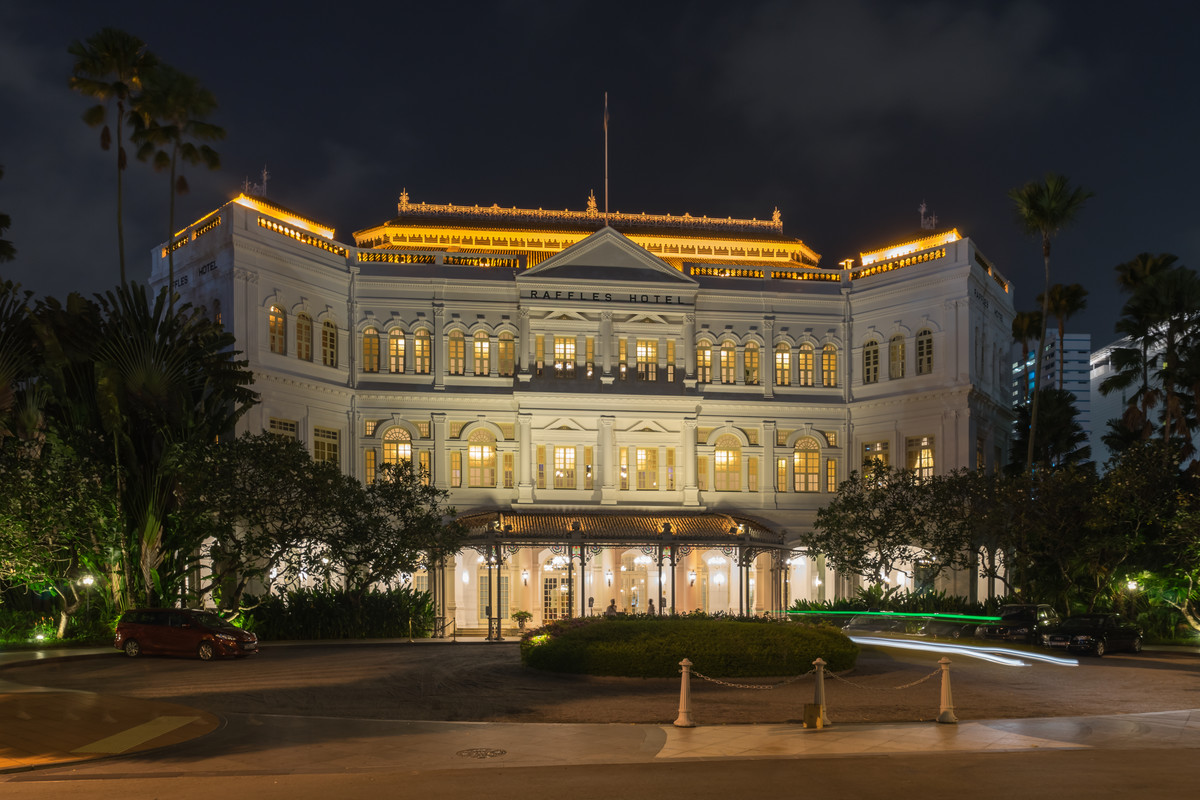
This dreamlike sense of utopia accompanies one across the city. Most unnerving is a visit to the much-hyped Chinatown, Little India and Arab Street — traditional neighborhoods which have been brazenly gentrified into sanitized tourist attractions. Strolling through the former, I look up at rows of brightly colored banners waving from every window of an apartment building. What looked like a vibrant display of individuality unraveled when I realized every banner was of a uniform size and placement.
But this could teach the Gulf’s rapidly modernizing cities a valuable trick: Rather than decimating low-income neighborhoods, often home to colorful communities — give them a clever name and market them as cultural destinations. Who wouldn’t want to visit Mini Manila or Little Lagos, after all?






